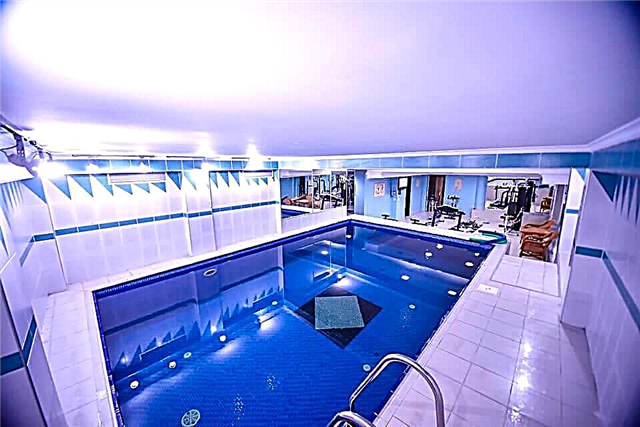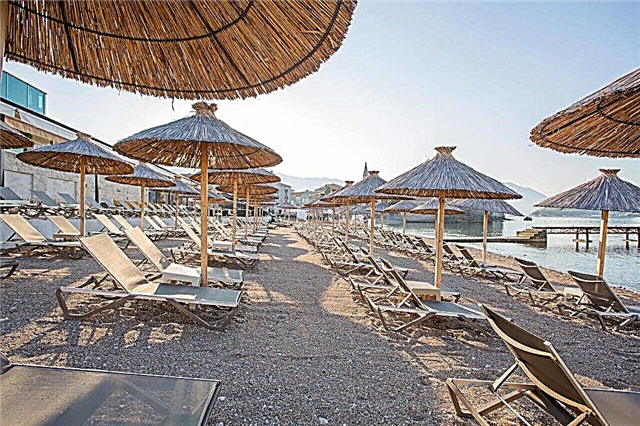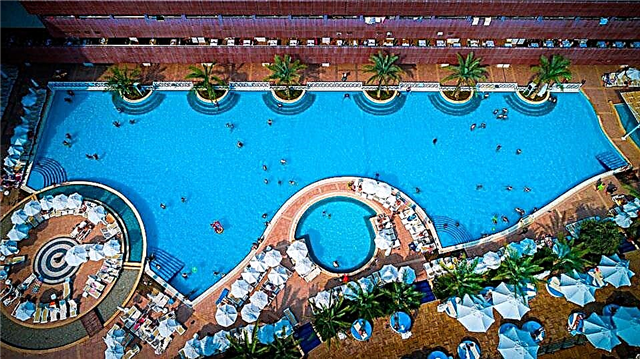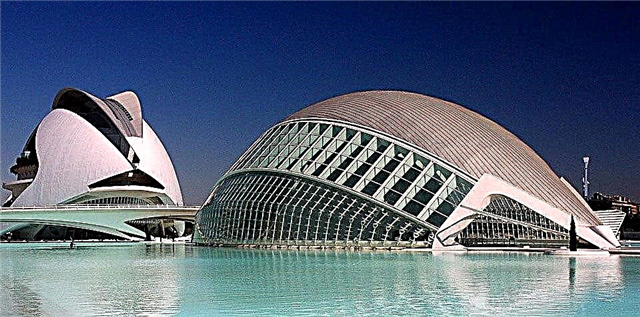Address: Estonia, Tallinn, st. Niguliste
Foundation date: XIII century
Relics: painting "Dance of Death"
Coordinates: 59 ° 26'09.1 "N 24 ° 44'34.8" E
Content:
Short description
The baroque spire of the Church of St. Nicholas, crowned with a weather vane in the shape of a cockerel, is visible from almost anywhere in Vyshgorod. St. Nicholas Church, better known as "Niguliste", is located in the historic center of Tallinn, a couple of minutes walk from the Town Hall Square.

Bird's-eye view of Niguliste Church
From the top of the Toompea Hill to the Niguliste Temple, there is a staircase street called Luhike Yalg. The history of the Niguliste Church dates back to the 13th century, when German merchants who arrived from the island of Gotland founded a new settlement in the Lower Town, at the foot of Vyshgorod. At their own expense, the settlers erected a chapel, consecrating it in honor of St. Nicholas the Wonderworker, who was revered as the patron saint of sailors and merchants. In the 15th century, the Niguliste Church underwent a radical reconstruction, as a result of which it acquired its present appearance..
The Church of St. Nicholas in the Old Town of Tallinn is a three-aisled basilica with a quadrangular bell tower topped with an intricate spire. In the following centuries, several chapels were added to the main chapel of Niguliste, including the late Gothic chapel of St. Anthony. Initially, the settlement of merchants was located outside the city fortifications, so the Niguliste church served not only as a prayer house, but also as a fortress. In the event of an enemy attack, merchants could take refuge in the overhead room of the temple and hide their goods in a special storeroom above the ceiling.

General view of the church
In September 1524, when Tallinn was overwhelmed by the Lutheran Reformation, a crowd of angry Tallinnians opposed to Catholic priests destroyed the churches of Oleviste, the Holy Spirit and the Church of St. Catherine at the Dominican monastery. All sacred relics and church utensils were mutilated, and only Niguliste's property survived thanks to the resourcefulness of the head Bush. According to legend, the prudent headman sealed all the locks of the church with lead, so the aggressive crowd could not get inside the temple.
The interiors of the Niguliste church were preserved, but in March 1944, during an aerial bombardment by Soviet troops, many medieval exhibits were lost, and the building itself was damaged - the roof with a spire collapsed. Only 40 years later (in 1984) the restored church was reopened to visitors, but not as a parish church, but as a branch of the Art Museum of Estonia.

View of the south facade of the church
Masterpieces and exhibits of the Niguliste Church
Today, within the walls of the Niguliste Church, there is an exhibition of medieval church art... Among the exhibits of the museum are silver items made by a merchant guild, tombstones, statues, wood carvings, paintings and wooden confessionals that once stood in Estonian churches. The main pride of the Niguliste Church is the preserved fragment of the medieval epic painting "Dance of Death". The author of this masterpiece, the German artist Bernt Notke, painted two identical paintings, but one of them, kept in the Marienkirche church, died during an air raid on Lubeck, and the second is located here, in Nigulist. The painting "Dance of Death" shows a round dance consisting of people of different classes and ages - the figures of a baby, emperor, empress are surrounded by skeletons in shrouds.

View of the church from Harju street
This whole procession is heading towards Death, carrying the sarcophagus on his shoulders; Death also lures the Pope into dance. Organ music is often played under the majestic Gothic vaults of Niguliste, and concerts are held in the church.











